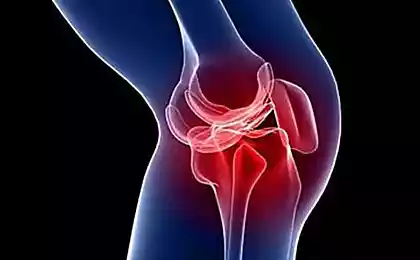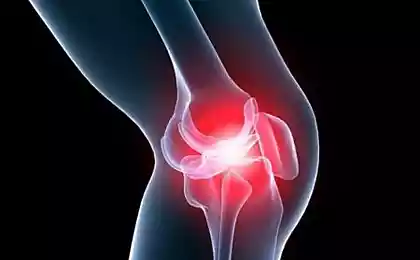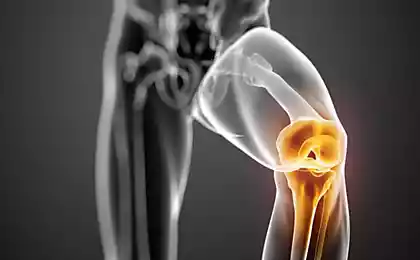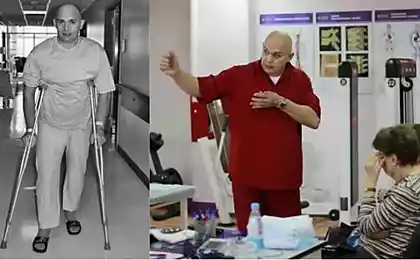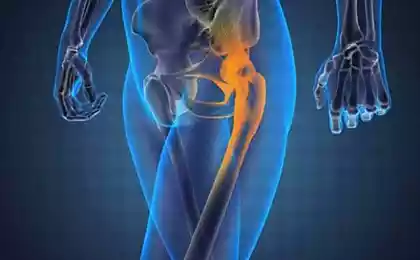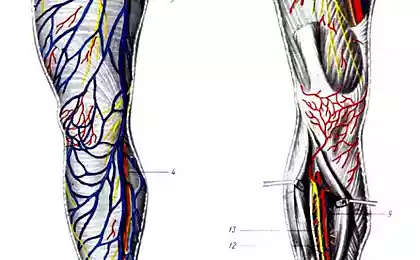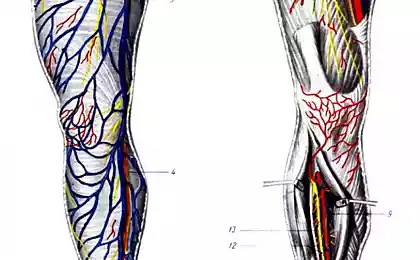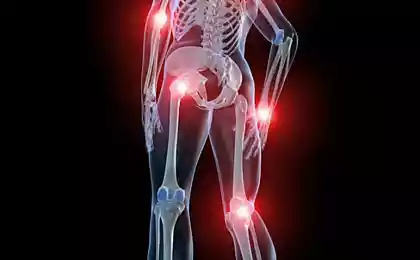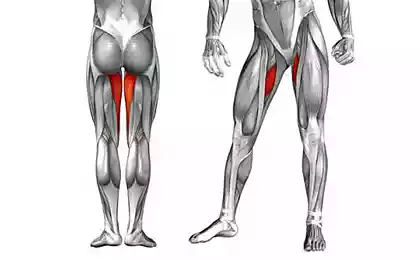461
Treatment of bursitis of the knee

bursitis of the knee
Bursitis of the knee is a disease in which there is inflammation of the shoulder Bursa (Bursa). This part of the human body is a peculiar pocket, small size.
Bursa is located at the junction of tendons and muscles. Near the knee joint is synovial three bags each filled with a small amount of liquid. Their main function is to reduce the load on the joints. You also need to know that bursitis is subject to any of these bags.
The types of bursitis of the knee
Bursitis can be of several types, which directly depend on the type of bursal:
Prepatellar bursitis. This type of the disease the most common. It occurs in the synovial knee bag because of various injuries of the patella.
Infrapatellar (suprapatellar) bursitis. Unlike the first type of bursitis, the disease is much rarer and develops in the popliteal synovial bag. The cause of the disease, usually is injury to the tendon under the knee.
Of Baker's Cyst. This disease occurs on the lower inner side of the knee and usually occurs in people with excessive body mass.
Reasons
To the main possible causes of bursitis of the knee include the following factors:
infectious diseases (tuberculosis, metabolic, uremia, gonorrhea);
knee injury;
high physical load;
injuries; abrasions;
wounds; sprains of the joints;
inflammatory diseases (arthritis, diabetes, gout);
allergic reactions;
the metabolic disorders;
autoimmune diseases;
age factor;
professional activities.
Symptoms of bursitis
About the development in the body, bursitis of the knee can say the following symptoms:
• pain in the joint;
• stiffness and a small decrease in range of motion;
• General muscular weakness;
• inflammation in the affected joint;
• a significant decrease in efficiency;
• swelling at the site of injury;
• redness;
• increased body temperature, and also in the field of bursitis.
All the above symptoms can occur together or separately, but at the first signs of bursitis should immediately seek help at a treatment facility.
Diagnosis of bursitis
To diagnose bursitis for an experienced specialist is not difficult. The main activities in determining the disease is a physical examination of the knee, and x-ray inspection, during which can be found the area of calcium deposits. To rule out infectious disease outbreak can be assigned to additional activities in the bacteriology of the contents of the Bursa. Also, at the time of diagnosis, it is important to exclude the presence of arthritis.
Treatment
a cold compress on the knee joint
In most cases treatment of the disease is conservative:
• rest;
• the use of pain medications;
• the impact of cold on the skin surface;
• hot compress;
• immobilization of the limb;
• homeopathy and folk remedies.
If necessary, the treatment process can be added following events:
surgery (recommended with chronic bursitis, the occurrence of arthralgia, sinus form); intake of antibiotics; physiotherapy; physical therapy; radiation therapy; injections; ointments treatment; massages
Prevention
Preventive measures for occurrence of bursitis based on respect for metered loads when performing heavy physical work or exercise, correction of deformities of the extremities and their joints, as well as timely diagnosis and treatment of infectious diseases.
If a man will constantly monitor his condition, bursitis of the knee joint can't touch it. published
P. S. And remember, only by changing their consumption — together we change the world! ©


